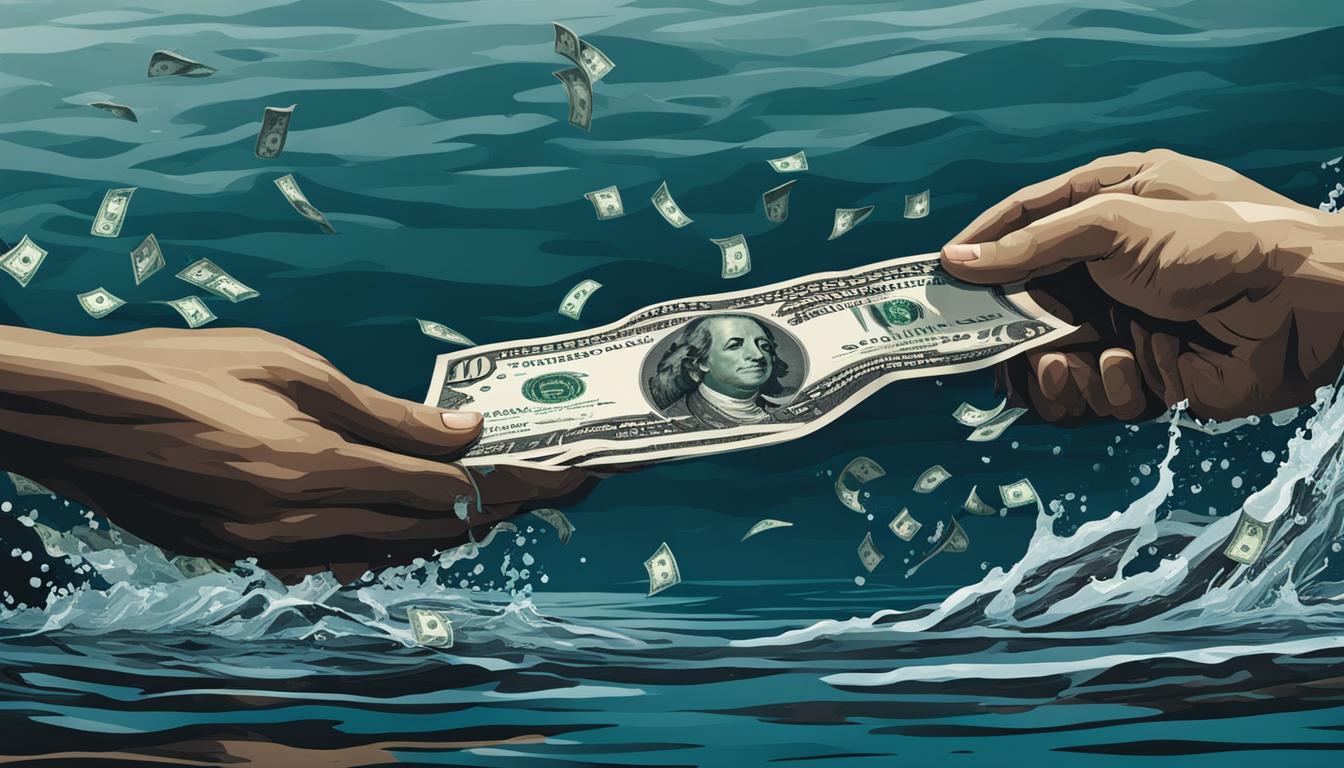Category: Personal Finance for Young Adults
-

Educational Investments: When Persistence Costs More Than Change
Educational investments play a crucial role in shaping the future of our society. However, it is essential to assess the costs and benefits of these investments to ensure their effectiveness and efficiency. In the realm of education, sunk cost investments can become a hindrance when persistence outweighs the need for change. Understanding the true costs…
-

Daily Decisions: Avoiding Sunk Costs in Everyday Life
The sunk cost fallacy refers to the tendency to continue with an endeavor, whether it be a financial investment or a personal decision, simply because we have already invested time, effort, or money into it. This bias affects our daily spending habits and can lead to suboptimal outcomes. Understanding how to avoid sunk costs in…
-

Budgeting Blindspots: Recognizing Sunk Costs
Understanding the concept of sunk costs is crucial for effective budgeting and financial planning. Sunk costs refer to expenses that have already been incurred and cannot be recovered. Recognizing and managing these costs helps avoid potential blindspots and allows for more informed decision-making. In this article, we will explore the definition and examples of sunk…
-

Retirement Readiness: Sunk Costs and Your Future
Planning for retirement is a crucial step in securing your financial future. However, there is a concept that often goes overlooked – sunk costs. Understanding the impact of sunk costs on retirement readiness is essential for making informed decisions and ensuring a comfortable retirement. Key Takeaways: Sunk costs can have a significant impact on retirement…
-

Personal Projects: When to Cut Losses and Move On
In determining whether to end a failing project or continue pushing forward, it is important to consider the concept of sunk cost. The sunk cost fallacy, which refers to the tendency to continue investing in a project based on the belief that more money will fix it, can lead to wasted resources and prolonged inefficiency.…
-

Missed Opportunities: Sunk Costs vs. Future Gains
Understanding the difference between sunk costs and opportunity costs is crucial for making informed financial decisions and maximizing future gains. While a sunk cost refers to money that has already been spent and cannot be recovered, opportunity cost refers to the potential benefits or gains that are forgone when choosing one option over another. Let’s…
-

Cutting Financial Ties: Overcoming Emotional Attachment to Sunk Costs
Emotional attachment is a common phenomenon in investments, leading to irrational decision-making and falling into the sunk costs fallacy. Understanding emotional attachment in investments is crucial for making rational choices and avoiding the trap of sunk costs. By recognizing and overcoming emotional attachment, investors can free themselves from the burden of past investment illusions and…
-

Business Biases: Navigating Sunk Costs in Decision-Making
The sunk cost fallacy is a common economic bias that affects decision-making in business. It occurs when individuals and organizations continue investing in a project or endeavor, even when the costs outweigh the potential benefits. This bias can lead to irrational decision-making and prevent businesses from making choices that are in their best interest. In…
-

Escape the Money Pit: Avoiding the Sunk Cost Trap
When it comes to investing, a common pitfall is falling into the sunk cost trap. This is the tendency for individuals to continue with an investment, decision, or activity that is not meeting their expectations simply because they have already invested time or money into it. Unfortunately, this trap can lead to holding onto underperforming…
-

Throwing Good Money After Bad: The Sunk Cost Fallacy Unveiled
The sunk cost fallacy, also known as the “sunk cost effect,” is a financial fallacy that can have significant consequences. It occurs when individuals or organizations base their decisions on past investments, rather than considering future costs and benefits. This fallacy leads to a wasteful loop of behavior, where individuals continue to invest in activities…
